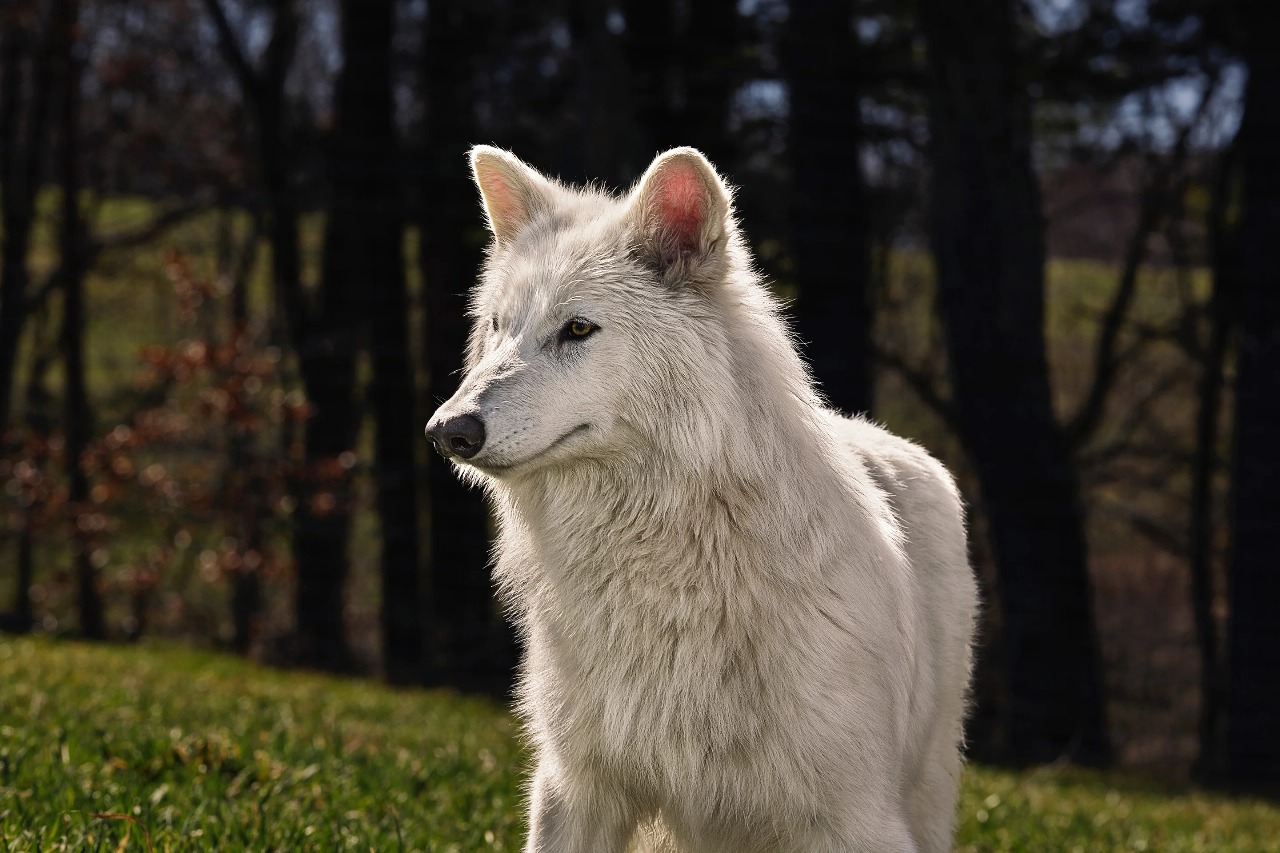🐺 Who Were the Dire Wolves?
Dire wolves roamed North and South America during the Late Pleistocene (about 125,000 to 10,000 years ago). They were bigger and more robust than today’s gray wolves and likely hunted large Ice Age prey like bison and horses.

🧬 New Genetic Discoveries
For many years, scientists believed dire wolves were just a larger cousin of the gray wolf. But in 2021, a landmark study using ancient DNA analysis revealed that dire wolves are not actually wolves at all in the way we thought.
Instead, they were part of a distinct lineage that diverged from other canids around 5.7 million years ago. This means they are more like evolutionary “cousins” to wolves, coyotes, and jackals than direct relatives.

⚗️ Are Dire Wolves Coming Back?
Not exactly—not in the literal sense. But here’s what’s being explored:
- De-extinction Science: Projects like those by Colossal Biosciences (the company also working on the woolly mammoth project) aim to explore how extinct traits could be brought back using advanced gene editing (CRISPR). There’s speculation about whether animals like the dire wolf could someday be “recreated” using DNA from related modern species and ancient samples.
- Why Bring Them Back?: The idea is not just for curiosity—it’s often framed around ecological restoration and scientific discovery. However, it raises serious ethical and environmental questions.

🌍 Cultural Impact
Thanks to pop culture—especially Game of Thrones—the dire wolf has become a legendary figure, sparking even more public interest in this ancient predator.
Summary:
- Dire wolves are extinct but were a unique, now-extinct canid species—not closely related to modern wolves.
- DNA studies changed what we know about their lineage.
- There is theoretical interest in bringing back extinct species like the dire wolf through genetic engineering, but nothing like this has happened yet.
- It’s a fascinating example of how science and sci-fi are starting to overlap.
Would you like updates on related de-extinction projects or other extinct animals scientists are working on?


